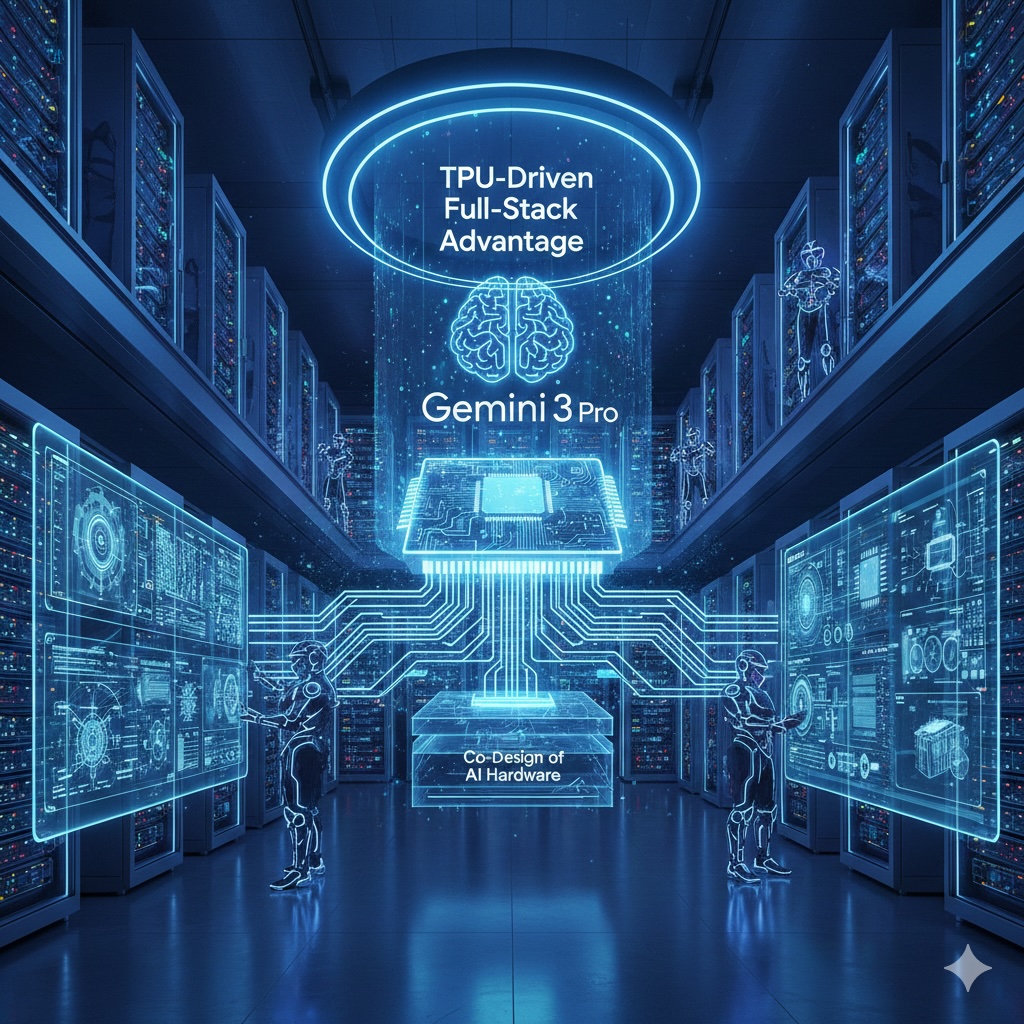Gemini 3 Pro's superior capabilities (reasoning, multimodality, coding) are due to Google's "full-stack advantage"—co-designing its MoE architecture with custom TPUs for training and efficient inference.
Most brands can’t see their real suppliers, or the emissions that matter. Food supply chains show the hardest version of the problem, and the blueprint for solving it. Here’s how trusted, primary Scope 3 data is finally becoming possible.
Change Leaders Instil Compliance Frameworks.“Leading change requires balancing innovation velocity with institutional integrity, recognising that sustainable growth emerges from foundational compliance rather than circumventing established frameworks.
Top 10 Leadership and Management links of the week, curated by Corix Partners Founder and CEO JC Gaillard, focusing on cyber security of course, but also a large cross section of subjects including digital transformation, emerging tech, ESG governance and the future of work.
For entrepreneurs, content creators and independent professionals, the digital landscape has changed rapidly. In the past, having a presence was enough. Today, the question is no longer “do you show up?” — it is “are you perceived and relevant?”
Organizations talk about inclusion and transparency, but access remains one of the strongest - yet least examined - signals of power. Who gets into which room shapes culture more than any strategy deck.
A boss can influence people but have no real followers. A leader must only influence followers. A boss has workers who follow because they have to. A leader has a team who follow because they want to.
Controlled AGI integrates LeJEPA for mathematically stable perception and world models with DeepSeek/Qwen3-VL for complex reasoning. Rigorous, iterative constraint and validation systems guarantee safety.
As one of the most critical crops exported from the United States to China, they often become the flash point in trade talks, whether tariffs are on the table or not. China has wisely diversified their sources of soybeans over the last couple of decades to reduce their reliance upon the United State
A powerful reflection on the role of silence as a strategic leadership tool in the digital world, where listening is more valuable than speaking.
As the lead wealth management professor for a top 25 law school and a former Wall Street Firm Wealth Advisor to HNW High Net Worth clients, the global investing environment and economic variables have changed dramatically in the last 25 years. The year 2025 marks a dramatic economic shift compared t
A single scanner can stop a global operation. But it doesn’t have to. Here’s how proactive maintenance, circular design, and AI are redefining resilience and profitability across supply chains. ???? Listen: resilientsupplychainpodcast.com
Change Leaders Confront Unforeseen Challenges. Leadership of change demands we embrace uncertainty as opportunity, re-frame setbacks as strategic pivots and commit to insights that redefine our organisational horizon.
Top 10 Leadership and Management links of the week, curated by Corix Partners Founder and CEO JC Gaillard, focusing on cyber security of course, but also a large cross section of subjects including digital transformation, emerging tech, ESG governance and the future of work.
When executives set clear direction and invite middle managers into structured dialogue, strategy turns into action. This article explores how catchball and role clarity align ambition with reality, boosting performance and motivation. Discover practical steps to help your managers lead with confide
The article argues that the path to AGI involves merging the linguistic intelligence of LLMs (correlation) with the causal, grounded understanding of World Models (embodied reality). True, safe intelligence requires this hybrid, modular synthesis.
The Hidden Cyber War on Wheels: Why Electric Vehicles Have Become a National Security Concern
The Kimi K2 Thinking model signals AI's evolution from fluent text to transparent agentic reasoning. Its exposed thought process and multi-step coherence solve the "black box" problem, establishing AI as an auditable partner in discovery.
It's important to understand what your future leaders need to be ready and capable - and concrete steps for current leaders to get them prepared.
 The TPU-Driven Full-Stack Advantage: Gemini 3 Pro and the Co-Design of AI Hardware
The TPU-Driven Full-Stack Advantage: Gemini 3 Pro and the Co-Design of AI Hardware Why Scope 3 Data Starts in the Dark - and How Food Brands Are Showing the Way Out
Why Scope 3 Data Starts in the Dark - and How Food Brands Are Showing the Way Out Friday’s Change Reflection Quote - Leadership of Change - Change Leaders Instil Compliance Frameworks
Friday’s Change Reflection Quote - Leadership of Change - Change Leaders Instil Compliance Frameworks The Corix Partners Friday Reading List - November 21, 2025
The Corix Partners Friday Reading List - November 21, 2025 From Follower to Reference: Transform Your Personal Brand Into a Consistent Business
From Follower to Reference: Transform Your Personal Brand Into a Consistent Business